recessed light, max bulb over shower
homebound
11 years ago
Related Stories
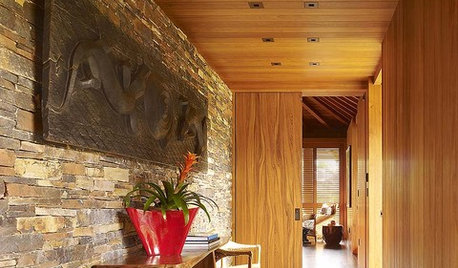
LIGHTINGRecessed Lighting 101
Looking to brighten a drab, dim space? Recessed lighting may be your answer. Here's what you need to know
Full Story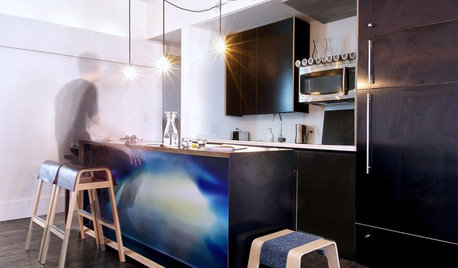
Hanging Lightbulbs Hold Sway Over Rooms
Intriguingly industrial or with a riveting retro look, lighting fixtures with bare bulbs and exposed cords add edge to any room
Full Story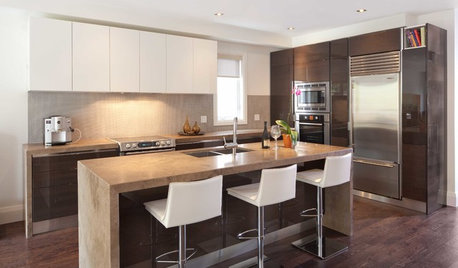
LIGHTINGGet Your Home's Recessed Lighting Right
Learn the formula for how much light a room needs plus how to space downlights, use dimmers and more
Full Story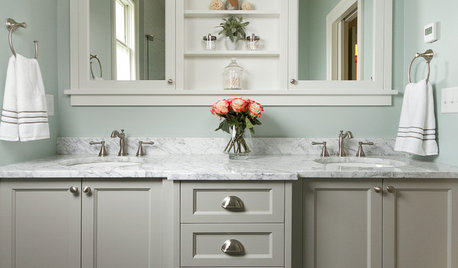
BATHROOM DESIGNShould You Get a Recessed or Wall-Mounted Medicine Cabinet?
Here’s what you need to know to pick the right bathroom medicine cabinet and get it installed
Full Story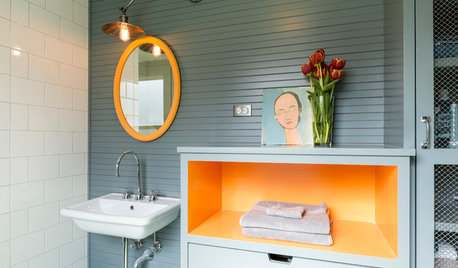
COLOR PALETTESRecessive Color: 8 Eye-Catching Niches, Nooks and Crannies
Create a focal point with a small chunk of a big hue
Full Story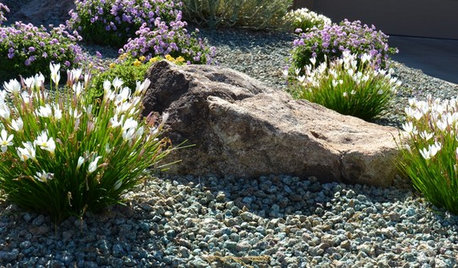
GARDENING GUIDESGreat Design Plant: Showers Bring Zephyranthes Flowers
Plant zephyrlily bulbs now for lovely blooms amid grassy foliage in summer and fall
Full Story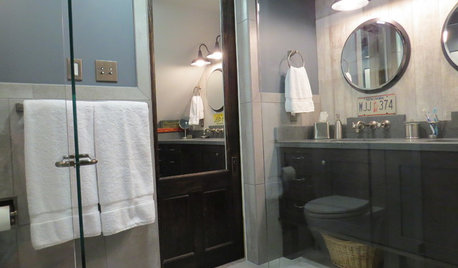
BATHROOM DESIGNSee the Clever Tricks That Opened Up This Master Bathroom
A recessed toilet paper holder and cabinets, diagonal large-format tiles, frameless glass and more helped maximize every inch of the space
Full Story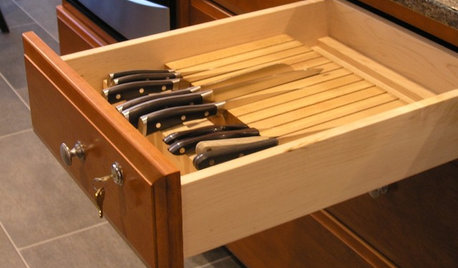
REMODELING GUIDESFrom the Pros: 8 Reasons Kitchen Renovations Go Over Budget
We asked kitchen designers to tell us the most common budget-busters they see
Full Story
GARDENING GUIDESGarden Myths to Debunk as You Dig This Fall and Rest Over Winter
Termites hate wood mulch, don’t amend soil for trees, avoid gravel in planters — and more nuggets of garden wisdom
Full Story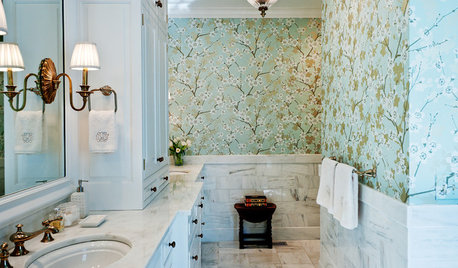
WALL TREATMENTS11 Ways to Roll With Wallpaper All Over the Home
Ditch the misconceptions and latch on to some great ideas for decorating your walls with patterned, textural and colorful wallpaper
Full StorySponsored
Columbus Area's Luxury Design Build Firm | 17x Best of Houzz Winner!
More Discussions









brickeyee
weedmeister
Related Professionals
Makakilo General Contractors · Sterling General Contractors · Stillwater General Contractors · Waimalu General Contractors · Westchester General Contractors · Chantilly Handyman · Glen Avon Solar Energy Systems · Cheshire Solar Energy Systems · Palm Springs Solar Energy Systems · New Lenox Solar Energy Systems · Framingham Center Home Automation & Home Media · Park Ridge Home Automation & Home Media · Pittsburgh Home Automation & Home Media · Riverdale Home Automation & Home Media · Saint Augustine Home Automation & Home Mediayosemitebill
Elmer J Fudd
mike_kaiser_gw
andrelaplume2
Elmer J Fudd
suburbanmd
Ron Natalie
weedmeister
joefixit2
alan_s_thefirst
Elmer J Fudd
brickeyee